A torsion bar is a spring found at the rear or suspension of a car that may be twisted to move about its axis. You may intend on utilizing your Ford F150 for more load-bearing tasks, and you are wondering if it has the torsion bars to go with it. To answer your question, we have conducted comprehensive research, and here are our findings.
Ford F150 has torsion bars fixed at the rear of the truck's wheels. Torsion bars can be commonly found today in most SUVs and trucks and the Ford F150 being a truck is no exception.
To know more, keep reading as we have provided you with additional details about how to use torsion bars, including ways to check if your truck has one.
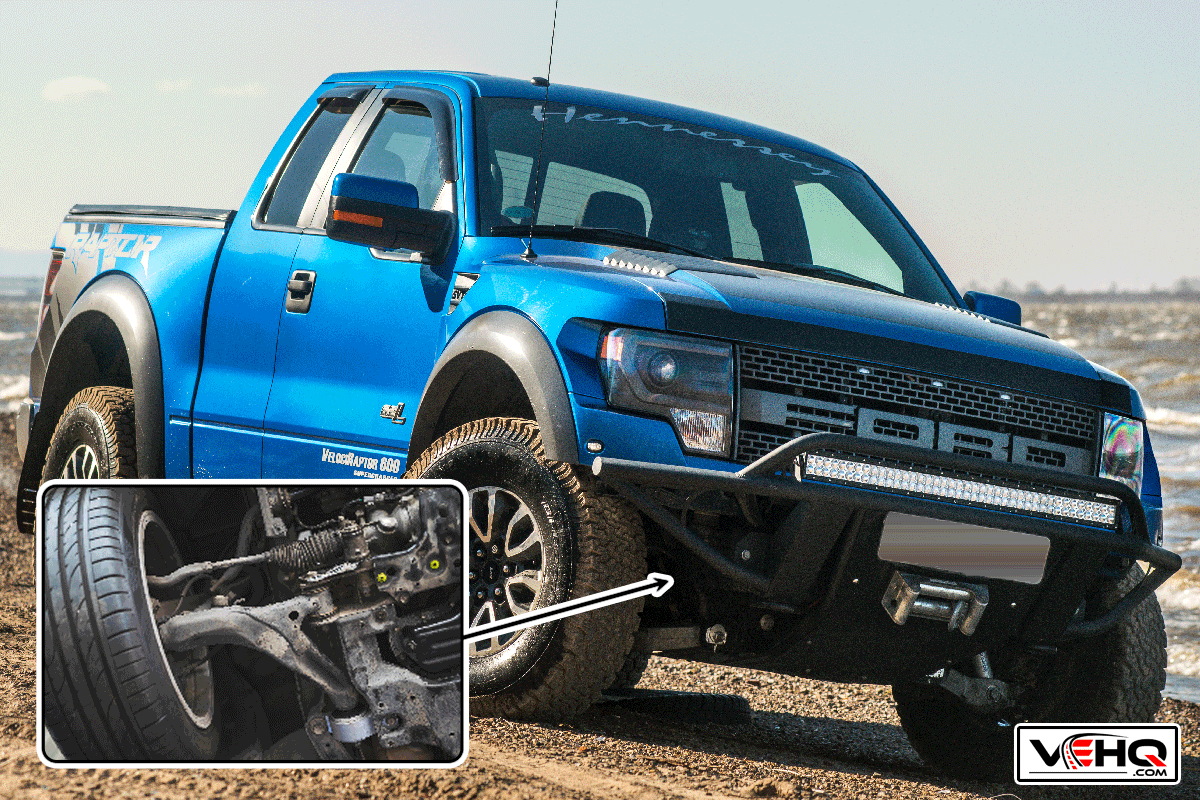
Ford F150
Starting in 1948, Ford has marketed and manufactured a series of light-duty vehicles known as the F-Series. The Ford series, alongside Ford F150, has been marketed as a range of strongly built pickup trucks. And is also the most popular model.
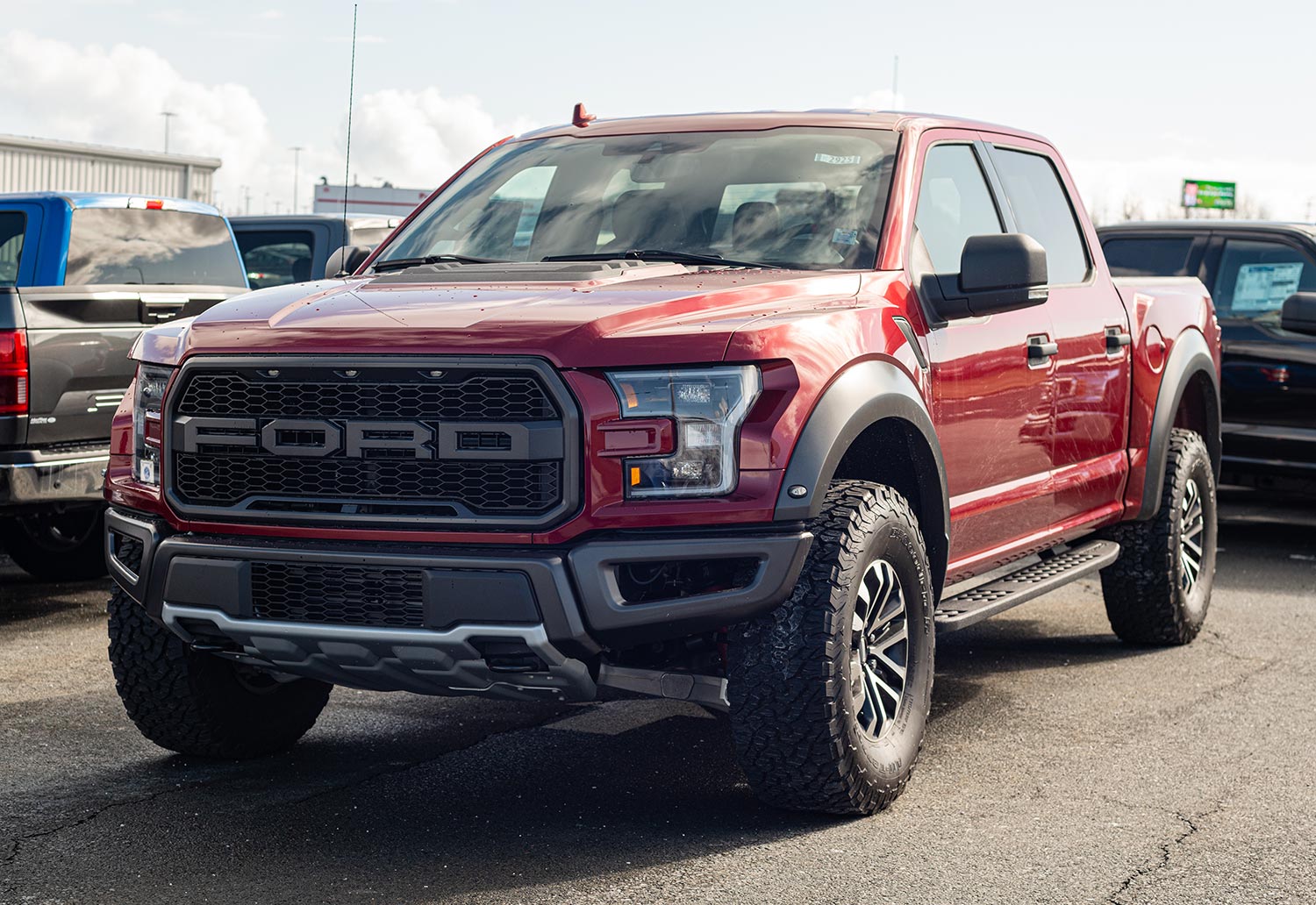
It was released just after the Ford Ranger which is also another popular range of Ford truck models. The F150 as a truck for pickup is currently in its fourteenth generation, starting in the year 1963.
The F-Series cars have undergone several changes spanning various designs and makeups during their years of production. Several kinds of vans have been developed as part of the model range, conventional trucks, as well as moderate trucks, and big vehicles configured specially to handle heavy weight duties.
The Ford F-Series has been America's most popular pickup truck series. It has also proven to be the most popular car in general. Also, for about more than 50 years, the F-Series have been Canada's best-selling automobiles.
Success led Ford to earn about $41 billion in annual income from the 2018 F-Series model year. As of the end of 2020, the F-Series models will have sold around 40 million of its model by the end of January 2022. This is also due to the now having four newly established US plants.
Does Ford F150 Have Torsion Bars?
The torsion bar is a steel structure that is attached to the car body on one side and the suspension lower link on the other. Due to its flexibility, it can bear weight better as compared to steel.
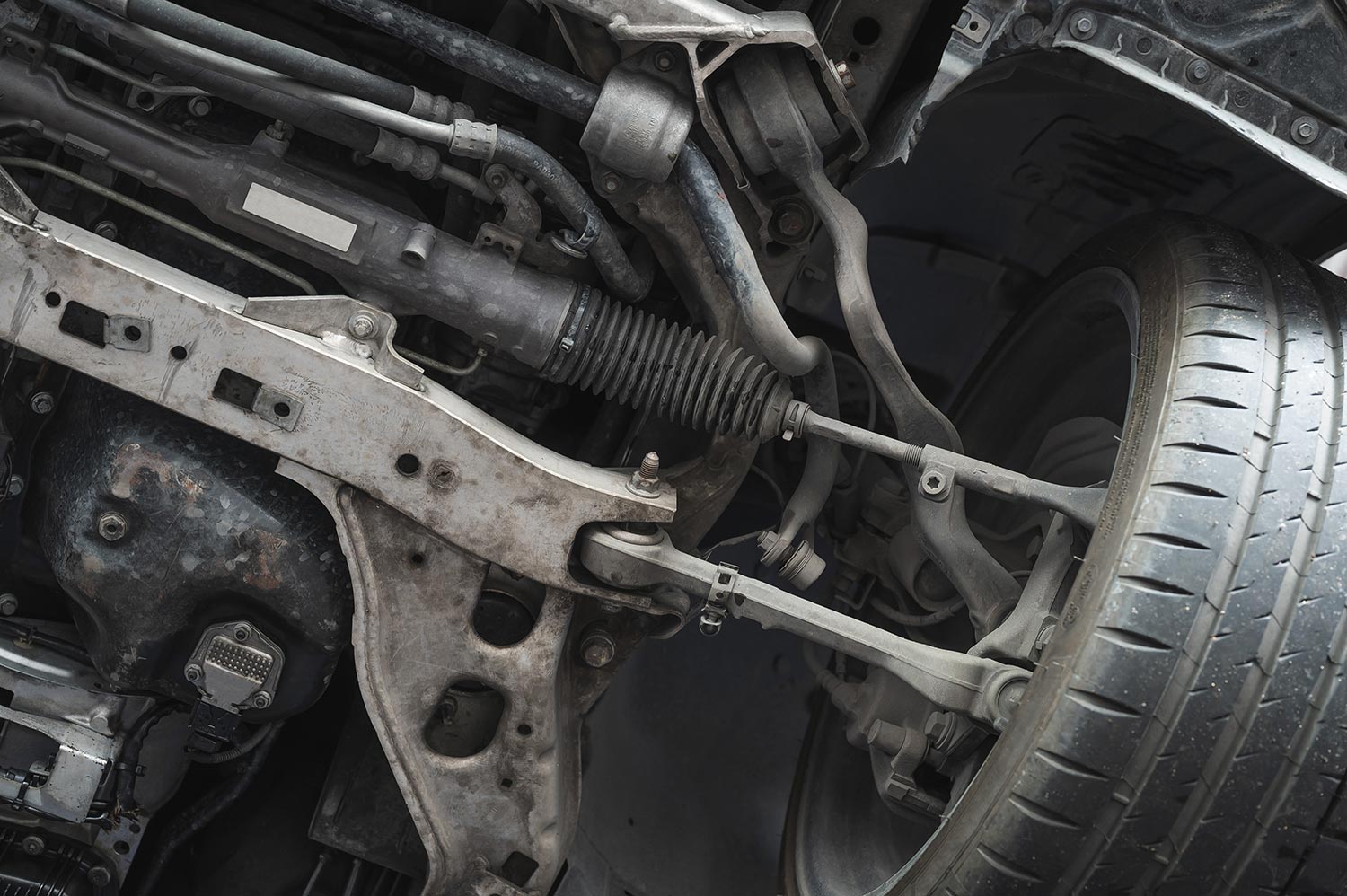
The bar turns as the wheel travels over a bump. When the bump is passed, it returns to its previous location, restoring the car to its usual driving height. The Ford F150 has a torsion bar built into it.
The bar's reluctance to turn provides the very same impact, like a spring in a traditional rear suspension. A constant amount of load is delivered to the bar, keeping the car's height constant.
The torsion bar can be introduced in the system either transversely or longitudinally. The torsion bars are adjustable, which is one of the most helpful features of this system.
Did Ford Ever Use Torsion Bars?
Torsion bar springs can be found on military vehicles and tankers such as the Leopard 2, M26 Pershing, Leopard 1, M1 Abrams, M18 Hellcat, and T-72. It was also found in SUVs and cars made by the Ford company alongside trucks and Chrysler.
Up until roughly 1980, Kenworth featured a torsion bar suspension on their K100C and W900A Class 8 truck models. So yes, Ford's trucks did use torsion bars.
How Do I Know If My Truck Has Torsion Bars?
Off-roaders prefer to use a torsion bar spring since it allows them to alter the ride height. Torsion bar suspension should be installed if your truck has a 4-wheel drive. Because coil springs are standard on most two-wheel-drive vehicles, if you have a two-wheel-drive, then you should have a coil spring suspension system.
Looking at the front torsion is an easy method to tell if you're still not sure. Coil springs can be identified by the presence of a spiral structure just behind the wheel.
In addition, if your vehicle has torsion bars, you'll need the Roadmaster Base Plate # 199-5. You'll need Plate # 199-10 if you have a 2WD model with coil springs.
Where is The Torsion Bar Located?
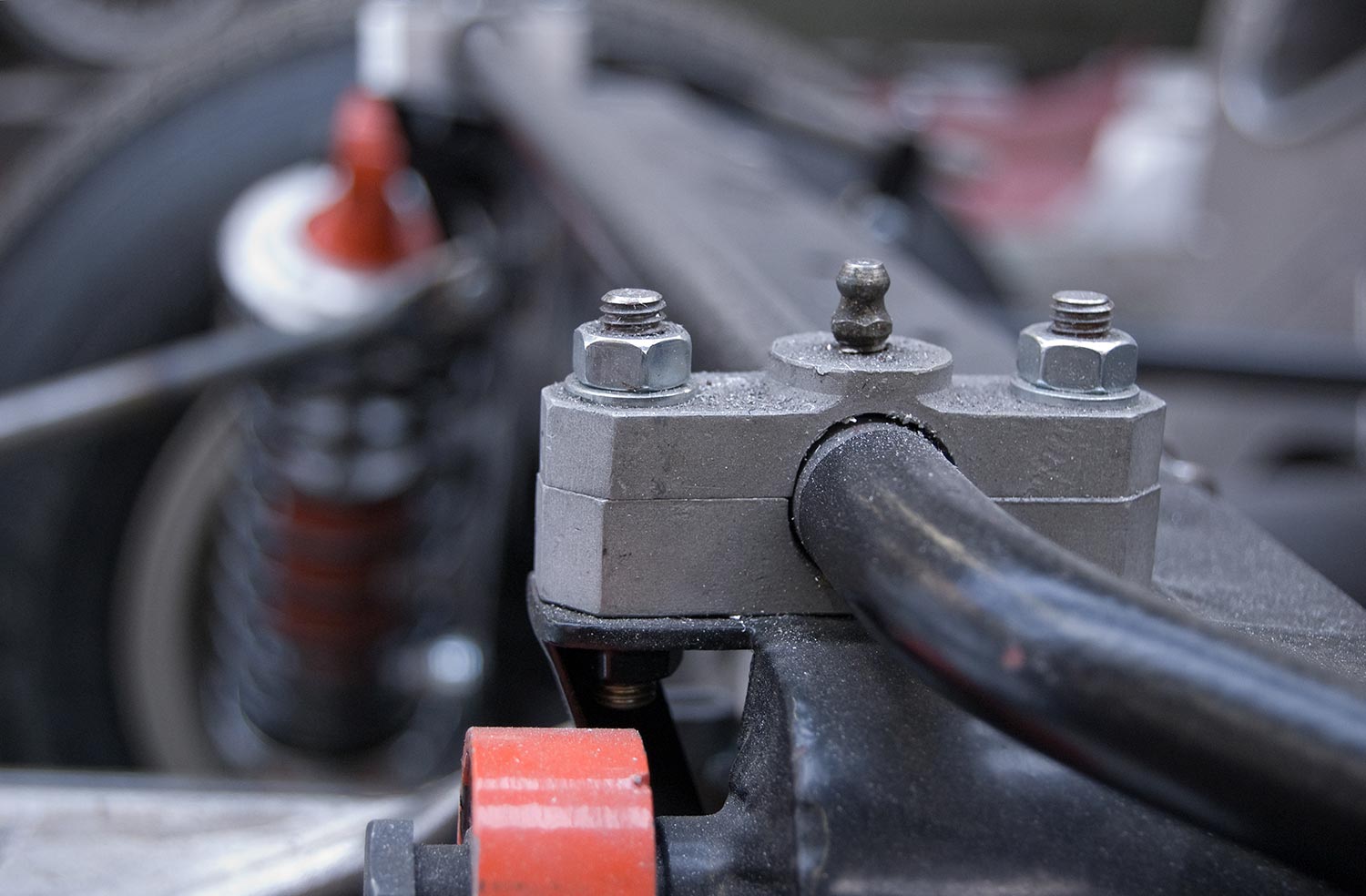
A typical torsion bar is designed as a long iron bar positioned between the vehicle’s frame and one of the control arms. It can be located in the upper or lower arm but is often found in the lower arm. An adjuster or a key is found at the frame end of the torsion bar.
The torsion bars can be found in the front suspensions of IFS vehicles. They act as the main load-bearing spring in some vehicles and can also be used to adjust the ride vehicle’s height.
Is Sway Bars The Same as Torsion Bars?
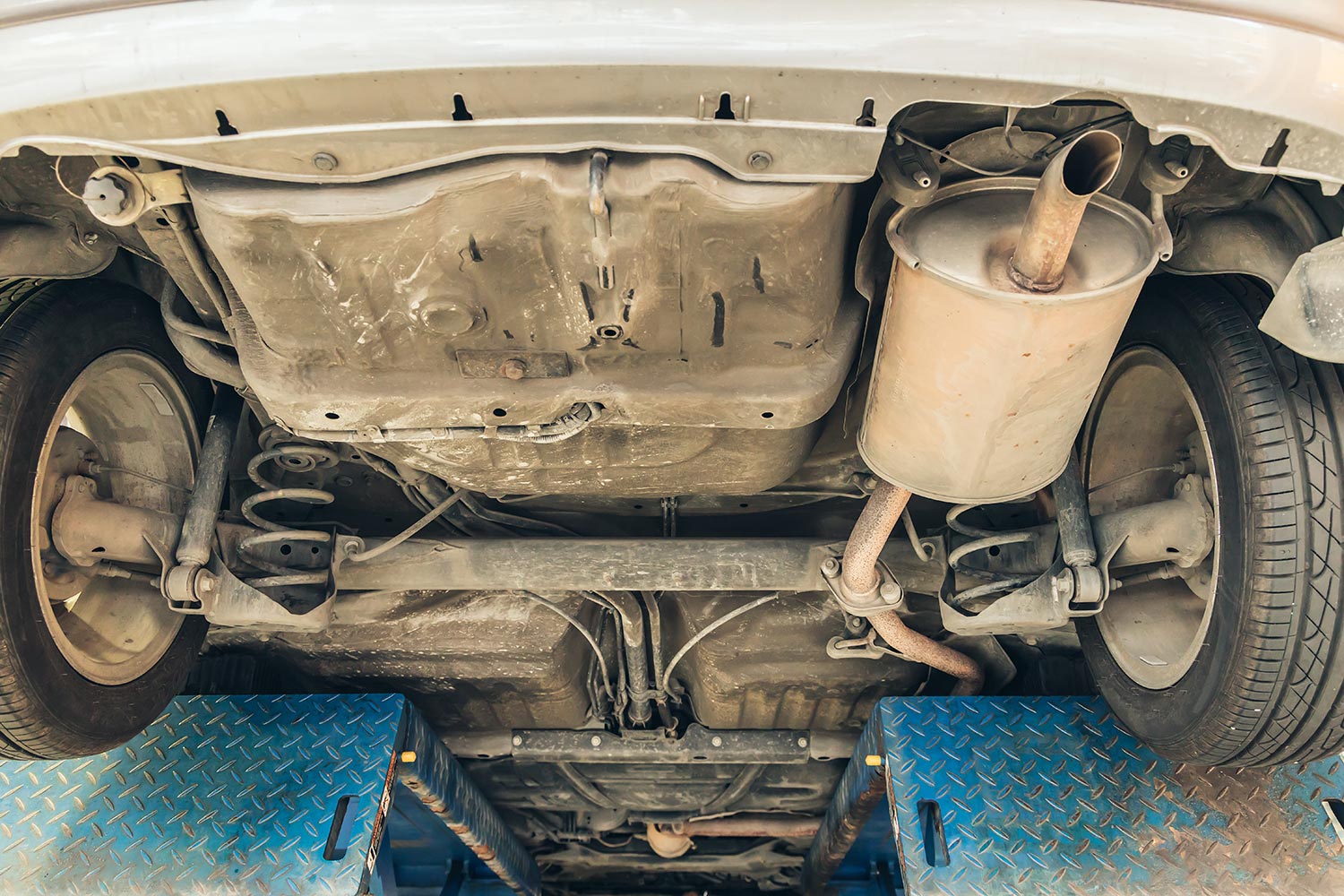
In as much as they both work in the same, they perform entirely different functions. The sway bars protect the vehicle from rolling, while the torsion bars are suspension leveling components.
This sway bar is found on each wheel of the vehicle, and it is located at each of the vehicle’s wheels. The sway bar is also known as by the name anti roll bar.
A simple function of the seat bar is to limit the way your vehicle sways while turning. It keeps all wheels of the vehicle stable on the ground to prevent your vehicle from accidentally slipping.
For every turning movement, your vehicle makes, a lot of pressure is put on its suspension and steering system. Since there’s nowhere to place the tension, the vehicle ends up swaying. If the problem exceeds the normal level, your car may end up flipping.
How Do The Sway Bars Work?
The sway bar of the vehicle works by producing an outlet to control the force and where it goes. This way, your vehicle can stay controlled and handle the sharp turns better. Sway bars twist as your vehicle turns.
Immediately, if your vehicle has turned completely, the sway bars straighten back out. This doesn’t cause any form of wear and tear, as the sway bar was built to control motion and it contributes to its durability. The sway bar can last as long as your vehicle does.
Are Torsion Bars Good For Off-Road?
Torsion bars are a perfect match for off-roading because by moving the torsion bars in conjunction with the frame, any driver can raise or lower the vehicle by several inches for ground adjustment or pavement scraping ride. This ease of adjustment makes it relatively easy for torsion bars to be used off-road.
How Do I Make My Torsion Bar Suspension Work Better?
The vehicle is meant to be suspended in equilibrium in a way that sufficient upward and downward travel is provided to the wheel. That’s the purpose of a suspension system. However, the following assists in enhancing a better ride.
Coil Spring
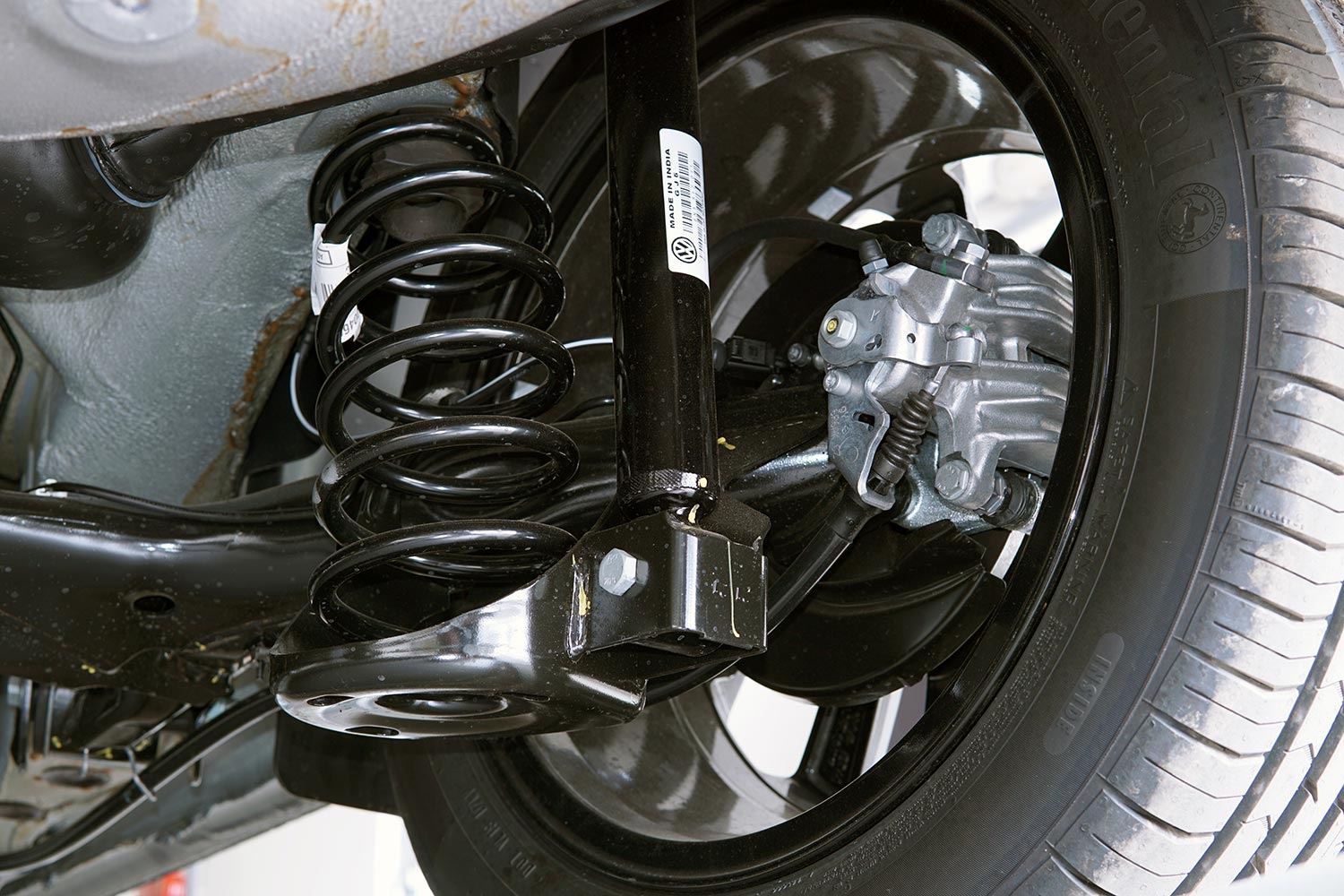
The coil spring is usually compared to a spring rate. A coil spring can be had with either a linear rate or a progressive rate. Regardless of the load of the spring, the linear rate compresses at the same spring rate. The more loads are added to the spring, the spring rate of the progressive rate of spring increases.
The progressive spring rate works to take the best out of a soft spring rate for little misconduct on the road surface and an increased spring rate to decrease the rolling of the body as the car is driven with more speed.
Spring
The spring is a major part of the vehicle’s suspension system. A coil, torsion bar, or leaf is usually referred to as an automotive spring. The work of the spring is to support the vehicle’s weight and to give the wheels and tires a level of upward and downward movement when on the road surface.
Which is Better, Torsion or Extension Spring?
Torsion springs utilize torque to move up and down a door, whereas extension springs are characterized by their possibility of extending. Torsion springs are mounted just above the door opening (typically a garage), and when the spring turns, the door moves.
Torsion springs are more productive than extension springs since they are stronger and last longer. Nevertheless, they seem to be a lot more expensive than the extension spring. Also, when withstood 10,000 rounds with extension springs, they could last around 15,000 and 20,000 cycles.
Torsion provides a better balance and shows more dominance when in motion, not producing any weird sound as the door moves. It is safer, as the spring is put in around the spring bar, in case any damage occurs during any movement, producing a loud noise still leaving the spring in position.
To Wrap Up
With the points mentioned above, the usefulness and importance of a torsion bar are clear. And we believe with the information provided above, you can now tell whether or not your Ford F150 has a torsion bar or not.
For further reading on trucks, we recommend these engaging posts:
